Endeavour was built to replace the Challenger, lost in 1986. Endeavour was named after the British explorer James Cook's HMS Endeavour, hence the British rather than American spelling.
Since Endeavour was built nearly two decades after the first space shuttle orbiters, she had many upgrades: she was lighter, had better avionics, better plumbing (!), and was capable of spending up to 28 days in space, although this limit was never put to the test.
Although Endeavour is the youngest space shuttle, she still had her share of adventures. Logging 299 days in space and nearly 123 million miles over 25 missions, Endeavour saved the Hubble Space Telescope, rescued and delivered several satellites, served as laboratory space for many science experiments with practical applications (particularly medical technology) back on Earth, and delivered and assembled major portions of the International Space Station.
Endeavour's maiden voyage was May 7, 1992. She touched down for the last time on June 1, 2011, under the leadership of Commander Mark Kelly, husband of Arizona Congresswoman Gabrielle ("Gabby") Giffords.
Due to bad weather in Florida, Endeavour's final landing was at Edwards Air Force Base in southern California, where she later returned while piggybacked to a Boeing 747 en route to her new home in Los Angeles.


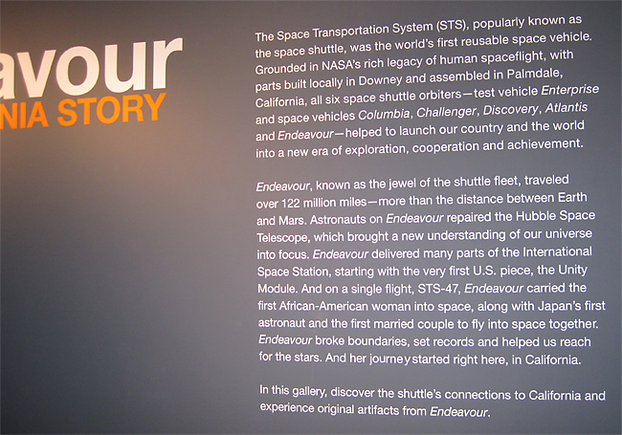

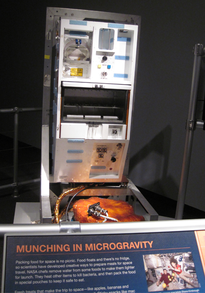
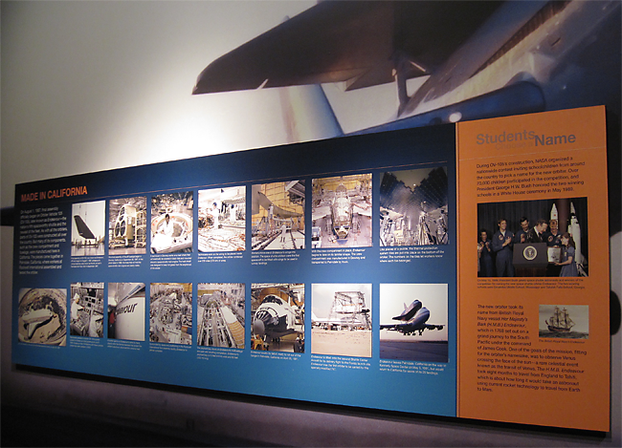
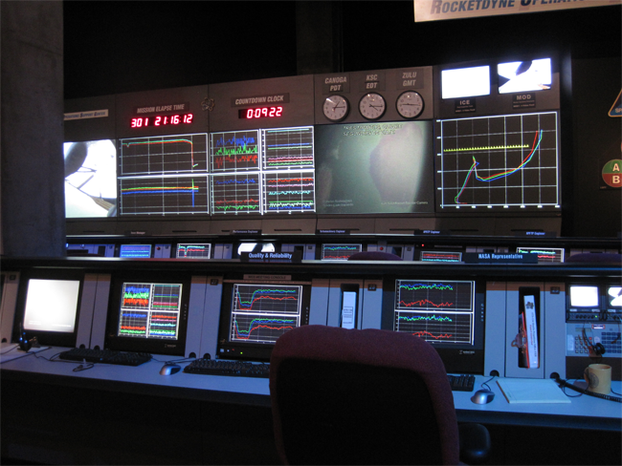
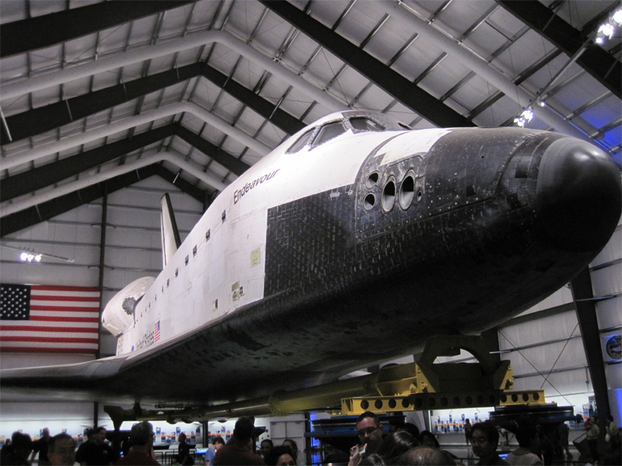

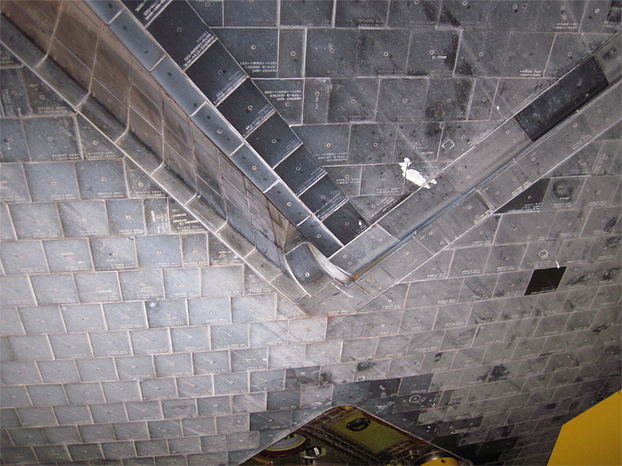
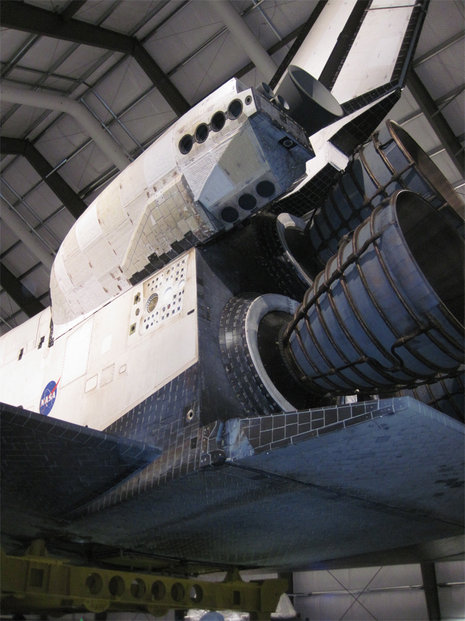
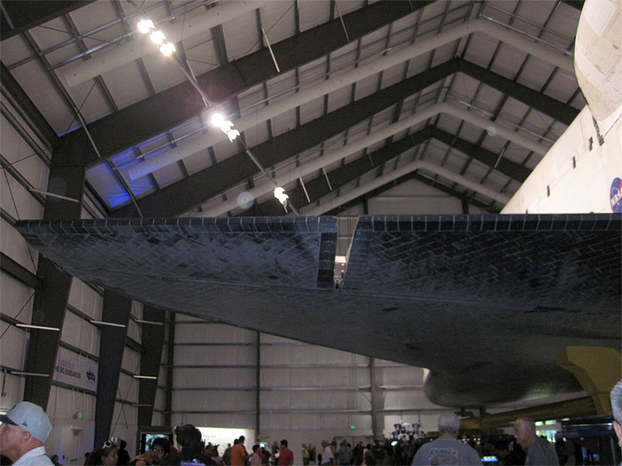
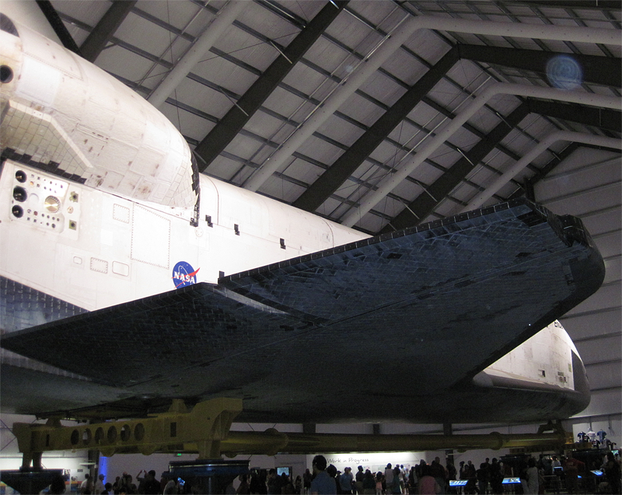
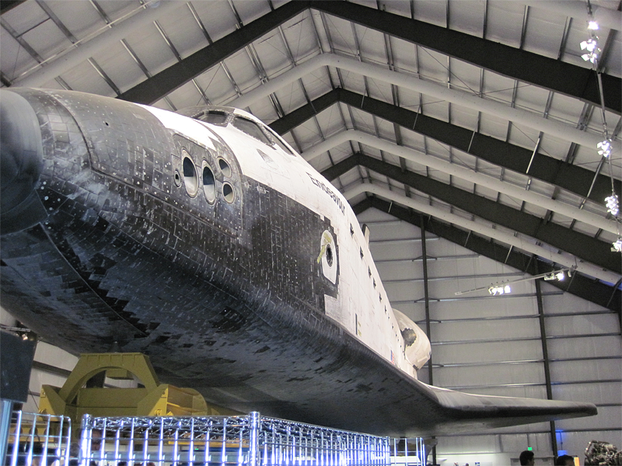
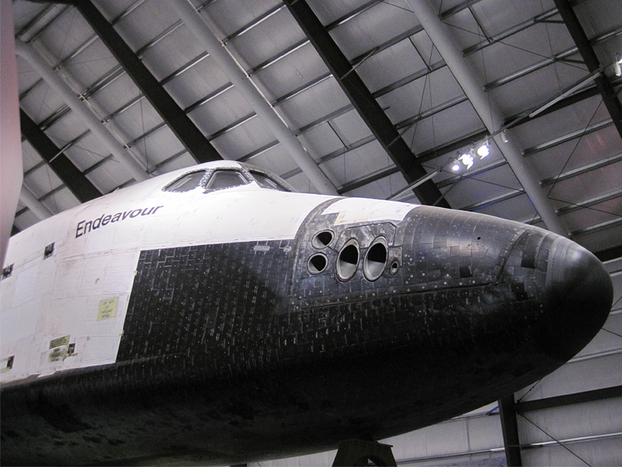
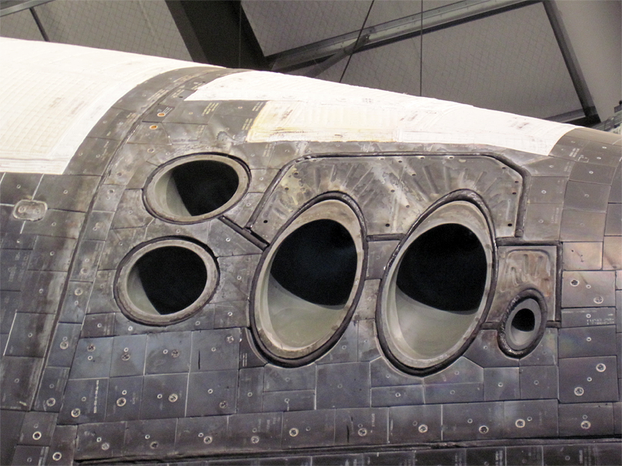
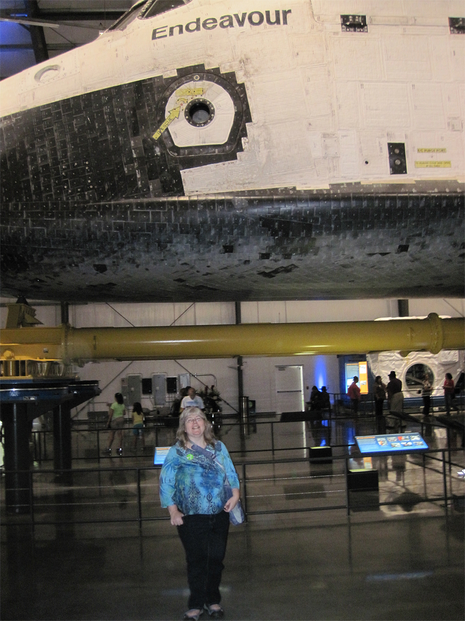
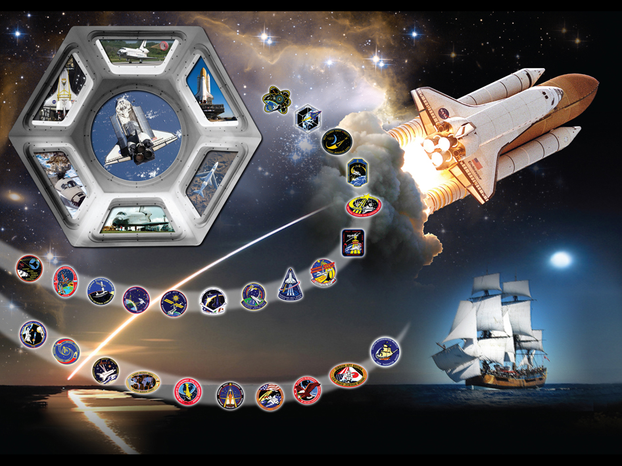





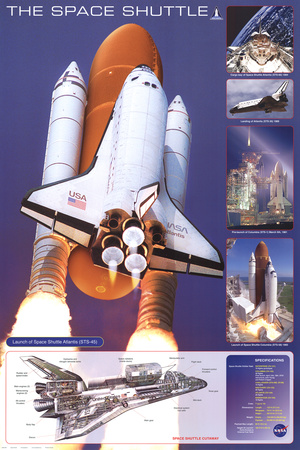

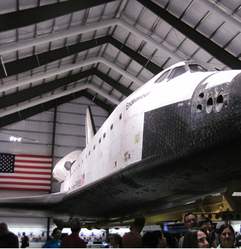

 Did Sunspots Crash Reddit on October 22, 2012?on 10/23/2012
Did Sunspots Crash Reddit on October 22, 2012?on 10/23/2012
 How The Shift to Mobile Impacts Online Writers' Bottom Lineon 10/21/2012
How The Shift to Mobile Impacts Online Writers' Bottom Lineon 10/21/2012
 Amazing Videos: Stuff Launched into (Near) Space with Weather Balloonson 10/16/2012
Amazing Videos: Stuff Launched into (Near) Space with Weather Balloonson 10/16/2012
 Space Shuttle Endeavour From Up Close: My Photoson 10/14/2012
Space Shuttle Endeavour From Up Close: My Photoson 10/14/2012

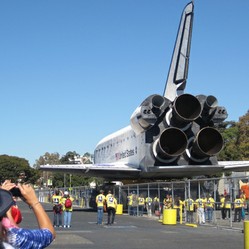

Comments
thomo: I feel the same way. On the bright side, while (as usual) news coverage is totally ignoring the existing space program, a Dragon Capsule has been hooked to the ISS for 3 weeks and just undocked and splashed down successfully yesterday, marking the first time a commercial company's spacecraft returned science samples and materials from space. Until now, that was the kind of mission that could only be government-funded. Manned Dragon flights are probably 2 years away.